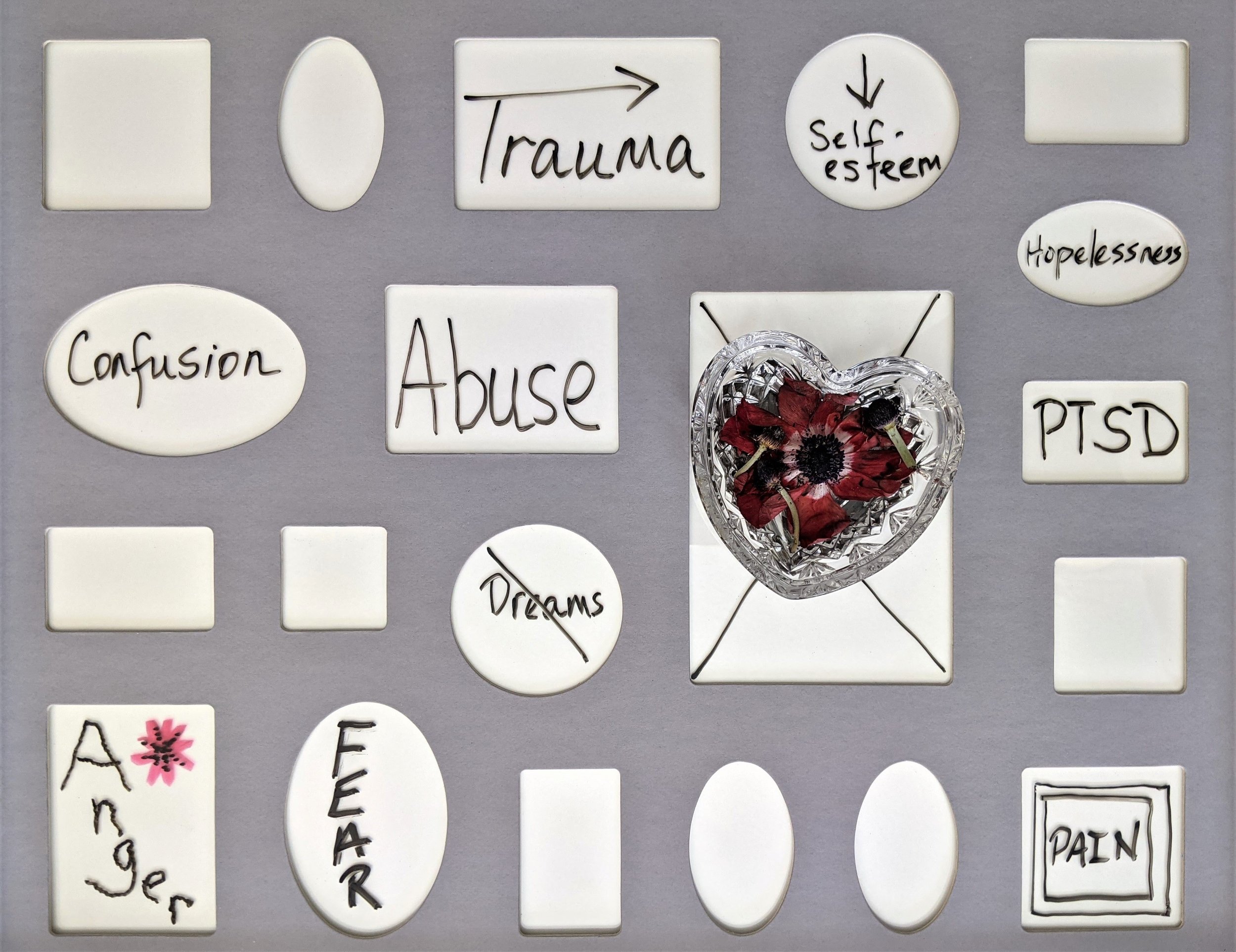What is EMDR?
Firstly, EMDR stands for Eye Movement Desensitization and Reprocessing (EMDR). It is an evidence-based therapy method proven to help people recover from trauma and other distressing life experiences. It can be used with children and adults of all ages to heal from things such as PTSD, anxiety, depression, and more.
EMDR therapy allows the brain to resume its natural healing process. It is designed to resolve unprocessed traumatic memories in the brain, in other words, memories that have gotten “stuck” in your brain. For many clients, EMDR therapy can be completed in fewer sessions than other therapy models. It involves some combination of eye movements, tapping or other bilateral stimulation.
Somatic and Attachment Focus
There are several different approaches or variations of EMDR therapy. The specific form of EMDR that we use here at CFC is Somatic and Attachment Focused EMDR (also called S.A.F.E. EMDR). At it’s core, S.A.F.E. EMDR uses principles of nonviolence and mindfulness. This approach emphasizes emotional safety first and foremost.
The Somatic Focus: Because your physical and mental systems are so interconnected with each other, we utilize resources that can help you to manage your emotions and connections with others.
The Attachment Focus: Your early experiences created attachment patterns within yourself and your relationships. Often times, these attachment patterns feel like they are in the way of healing. However, these patterns are not blocks to healing - they were strengths that are no longer helpful. We work within your patterns, rather than against them in order to promote healing.
How does EMDR therapy affect the brain?
Our brains have a natural way to recover from traumatic memories and events. Many times stressful life events and trauma can be resolved without assistance. Sometimes, though, it is too much for the brain to process in the moment.
It involves multiple parts of the brain such as the amygdala, hippocampus, and the prefrontal cortex. The amygdala acts as an alarm signal for stressful events. The hippocampus assists with learning, including memories about safety and danger. The prefrontal cortex analyzes and controls behavior and emotion.
When distress from a disturbing event remains, the upsetting images, thoughts, and emotions may be overwhelming. EMDR helps the brain process these memories. This, in turn, allows normal healing to resume. The experience is still remembered, but the stress responses are resolved.
Who can benefit from EMDR therapy?
All ages can find relief with EMDR therapy for a wide array of issues. The targets of the EMDR therapy offered at CFC include issues such as:
Anxiety, panic attacks, and phobias
Childhood trauma
Chronic Illness and medical issues
Depression and bipolar disorders
Dissociative disorders
Grief and loss
PTSD and other trauma and stress-related issues
Sexual assault
Violence and abuse
Additional Resources
For more information check out the EMDR International Association and Somatic and Attachment Focused EMDR through the Personal Transformation Institute.
